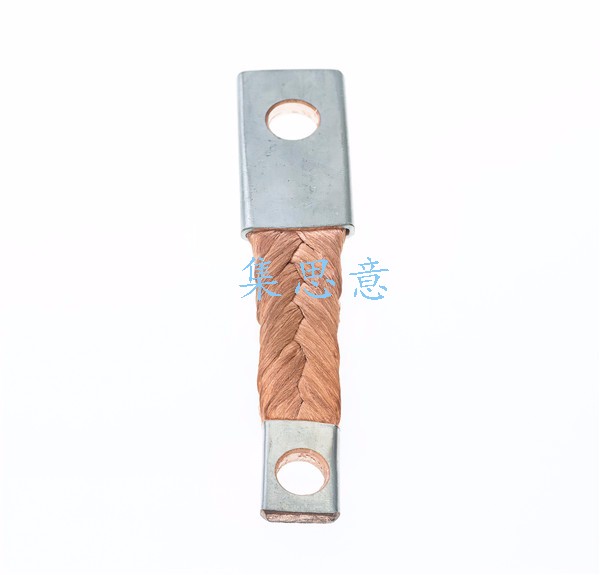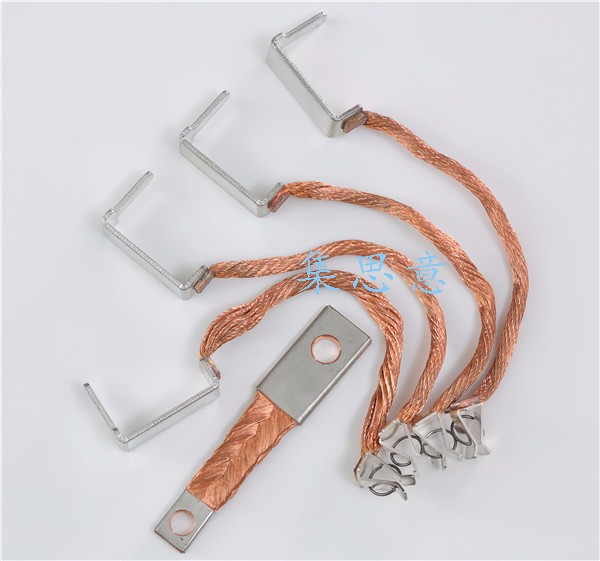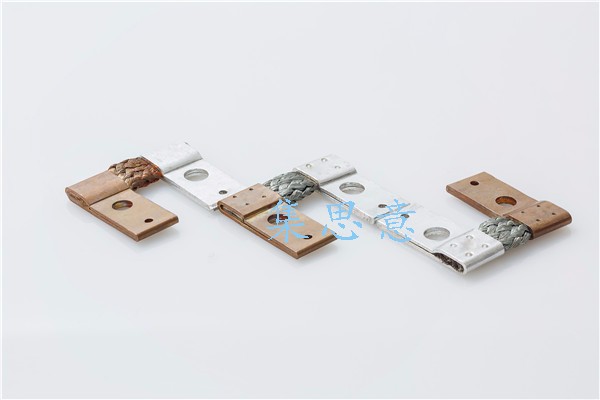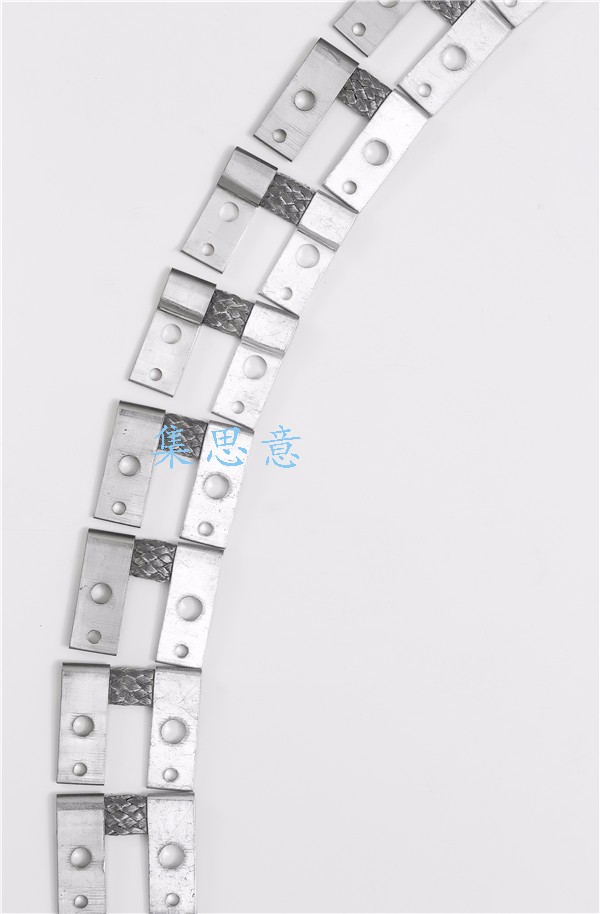1、 Inherent shortcomings in conductivity performance
The conductivity of aluminum is about 60% of that of copper, and under the same current load, the line loss (resistance loss) of aluminum flat braided wire is higher than that of copper wire. This limits its application in precision electronic devices that require extremely high conductivity efficiency, such as power supply lines for high-end chips and high-frequency signal transmission lines. In such scenarios, small differences in resistance may lead to signal attenuation or increased energy loss, affecting the operational accuracy and energy efficiency of the equipment. Therefore, it is more inclined to use copper or silver alloy wires with high conductivity.
2、 Environmental constraints on corrosion resistance
Aluminum surfaces are prone to forming oxide films, which can provide some protection in dry environments. However, in humid, high humidity, or environments containing acid, alkali, and salt spray, the oxide films are easily damaged, leading to electrochemical corrosion of aluminum wires. This poses a challenge to electronic devices that have been in complex environments for a long time, such as outdoor communication base stations and industrial wastewater treatment monitoring equipment. Even after surface treatment (such as anodizing, plating), scratches or wear on the protective layer may still cause local corrosion, affecting the service life and stability of the wire, and increasing equipment maintenance costs.
3、 Limitations of mechanical strength and connection reliability
The mechanical strength of aluminum is lower than that of copper, and aluminum flat braided wire is more prone to problems such as breakage and loose strands compared to copper braided wire when subjected to large tensile forces or long-term vibrations. In connection parts that require frequent plugging or high mechanical stress (such as interface cables of electronic devices, connection wires of movable components), their durability may be insufficient. In addition, when aluminum is connected to other metals such as copper, it is prone to galvanic corrosion, which requires special transition joints or coating treatments to ensure the reliability of the connection. This not only increases the complexity of the process, but may also become a potential point of failure.
4、 Insufficient adaptability in high-frequency signal transmission
In high-frequency electronic devices such as 5G millimeter wave devices and radar systems, the skin effect of wires (current flowing on the surface of the conductor) exacerbates energy loss. The skin effect of aluminum is more pronounced than that of copper, and the multi strand braided structure of aluminum flat braided wire may cause problems such as reflection and delay during signal transmission due to the presence of inter strand capacitance and inductance, affecting the integrity of high-frequency signals. Therefore, in scenarios where signal transmission speed and stability are strictly required, the application of aluminum flat braided wire is limited.
5、 The implicit constraints of cost and process
Although the raw material cost of aluminum is lower than that of copper, the processing technology of aluminum flat braided wire is relatively complex. Due to the softness of aluminum, phenomena such as wire breakage and fuzzing are prone to occur during the weaving process, which requires higher precision and operation of the equipment; Meanwhile, in order to enhance corrosion resistance and connection reliability, additional surface treatments such as nickel plating and immersion painting will increase production costs. In the manufacturing of small batch, high-precision electronic devices, these hidden costs may offset the price advantage of aluminum materials, resulting in its competitiveness being inferior to copper wires.
In summary, the application limitations of aluminum flat braided wire in the field of electronic devices mainly stem from the inherent characteristics of the material, such as conductivity, corrosion resistance, and mechanical strength, as well as insufficient adaptability in high-frequency scenarios and complex environments. However, with the development of material technology, such as the research and development of new aluminum alloys and the upgrading of surface protection processes, some limitations are gradually being improved, and their application boundaries are still being explored.






